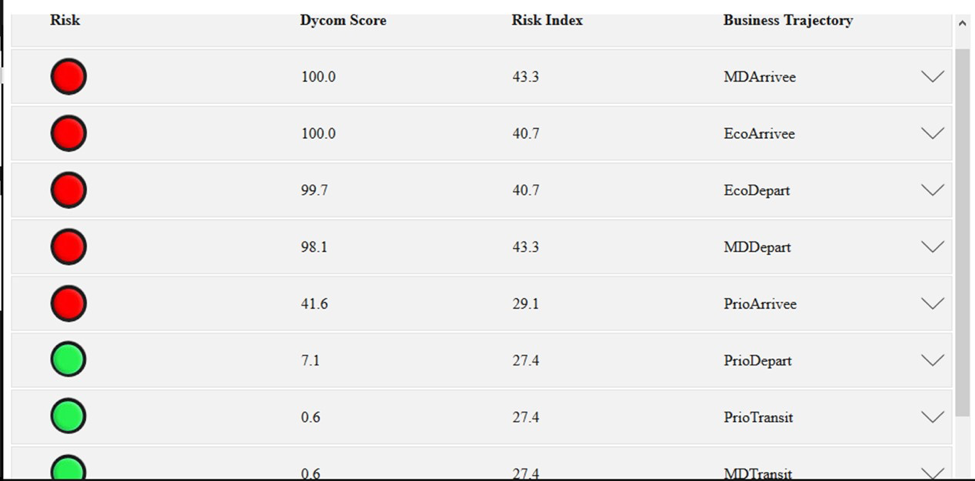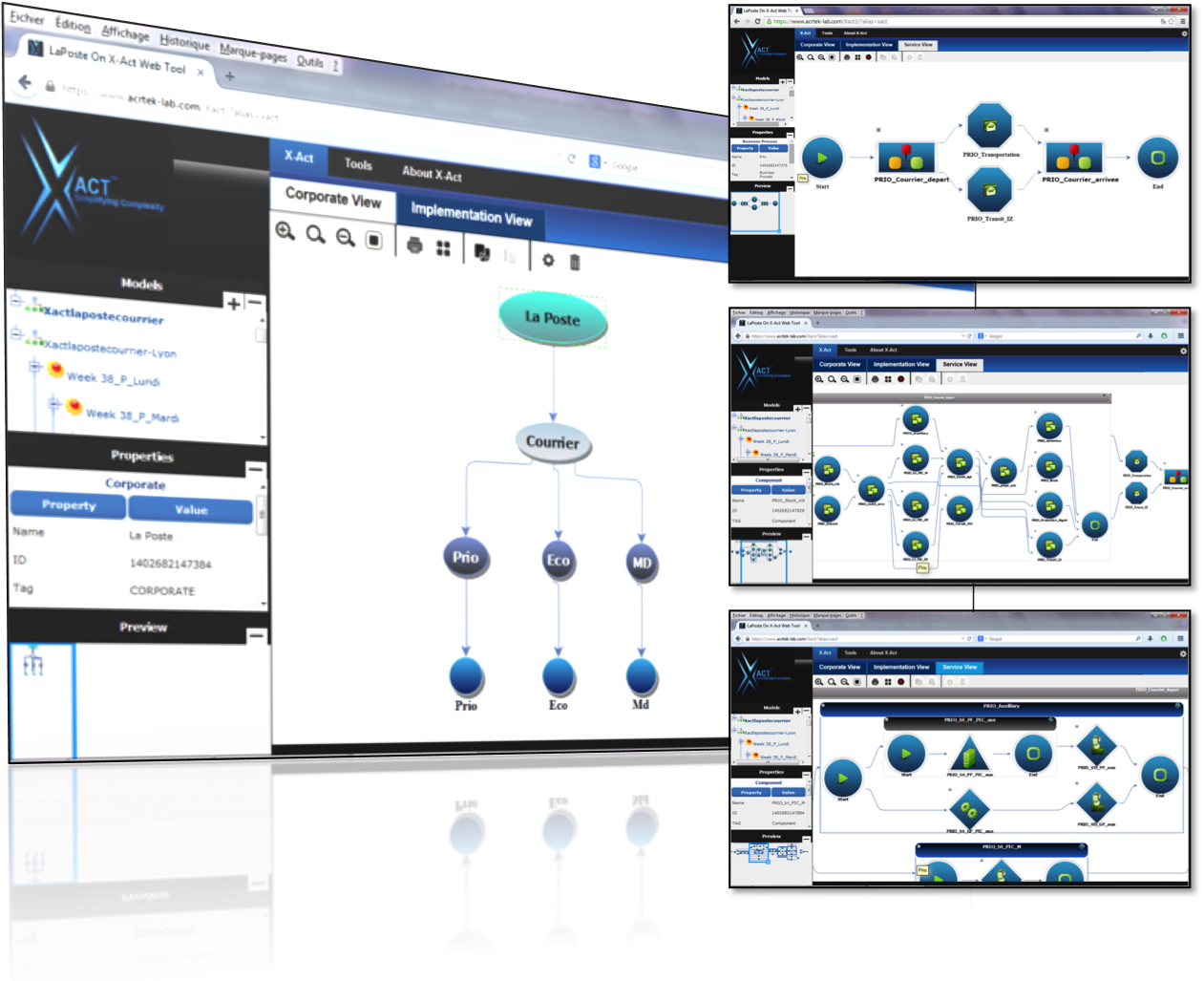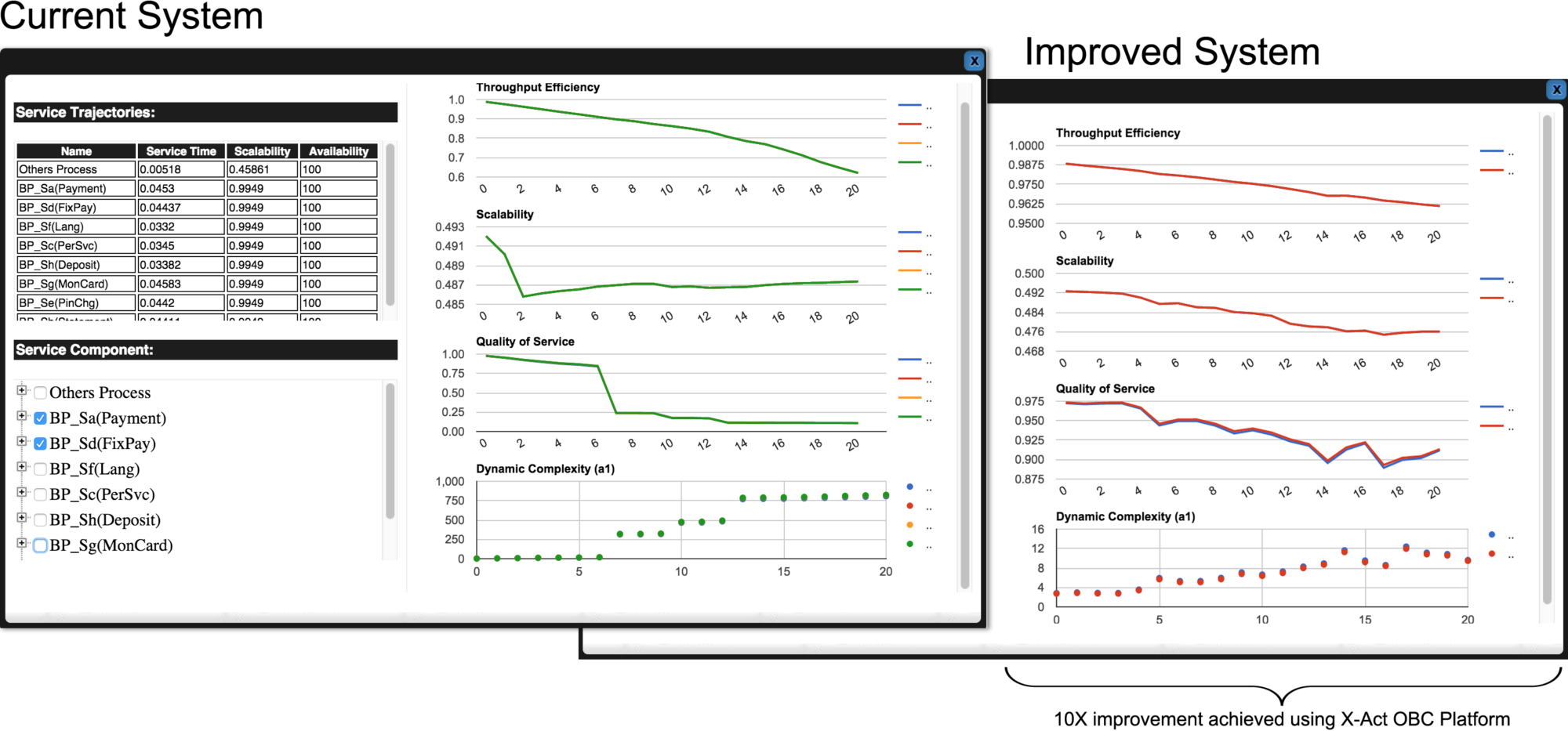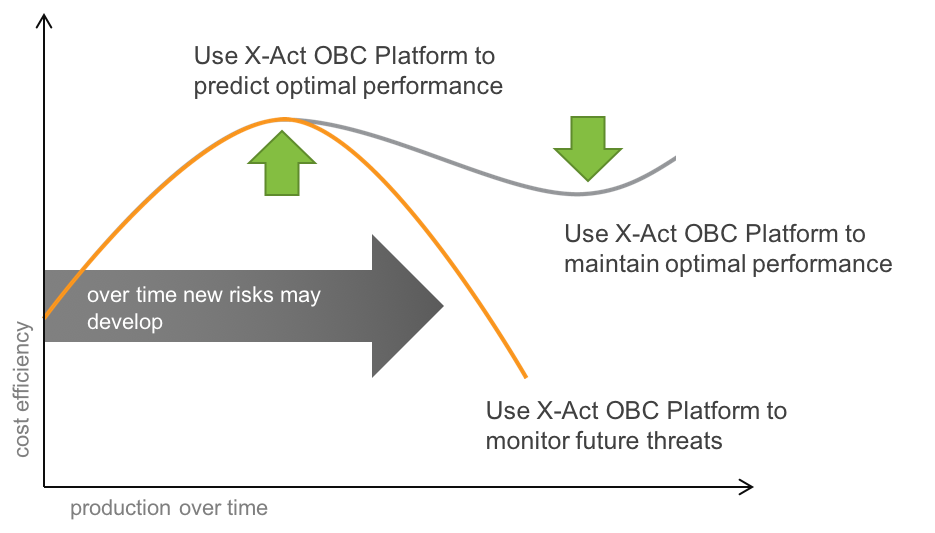Supply chains are backbones of the global economy. Supply chain management software and improved processes have allowed organizations to expand supply chains to compete in the global market and digital economy. While efficiency gains have helped industries to do more for less, expand on demand, and optimize cost, as well as provision and operate on time.
URM Forum is finding ways to help supply chain stakeholders achieve better preparedness and transparency so plans can be executed to control the risks that often precipitate major supply chain disruptions.






